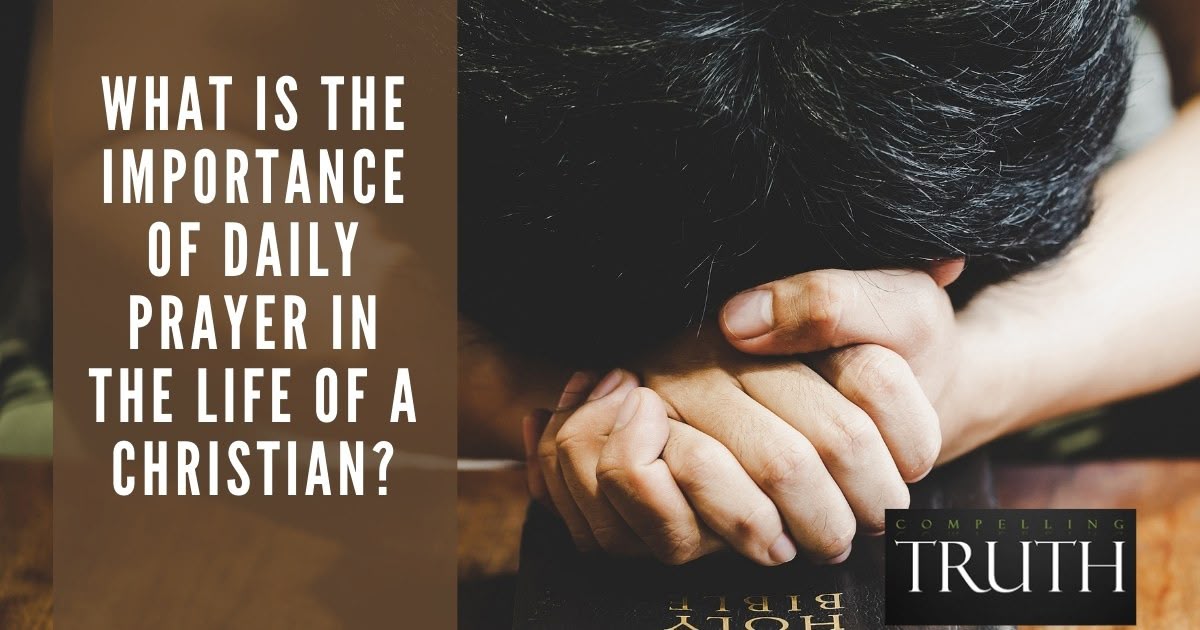The Bible shows that bowing and kneeling in prayer are powerful expressions of humility, gratitude, and submission to God (Psalm 95:6; 2 Chronicles 6:13). From Abraham’s servant bowing in thanks (Genesis 24:52) to Jesus Himself falling on His face in Gethsemane (Matthew 26:39), God’s people have often assumed these postures in worship and petition. Yet Scripture also records prayer while standing (1 Kings 8:22), sitting (Acts 2:2), lying prostrate (2 Samuel 12:16), or silently weeping (1 Samuel 1:13–15), showing no single posture is required. The focus is on the heart before God, not the body’s position (1 Samuel 16:7). Thus, believers are free to pray in any posture that best expresses their reverence, repentance, or gratitude (Hebrews 4:16; 1 Thessalonians 5:17).
Bowing in the presence of another is a sign of respect. For instance, subjects bow before their king, actors bow before their audience, and in some cultures, students bow to their teachers. Kneeling is also an act of humility, which is why a lover kneels when proposing marriage to his beloved and why a noble kneels before royalty when being knighted. Bowing and kneeling are physical positions that demonstrate submission to a higher authority. The Bible has many examples of people bowing and kneeling when entering God's presence through prayer and worship.
Prayer can happen from any location, during any emotion, in any circumstance, and in any physical posture. Paul's exhortation to "pray without ceasing" (1 Thessalonians 5:17) is possible because we don't have to stop what we are doing to assume a particular position. We can "with confidence draw near to the throne of grace, that we may receive mercy and find grace to help in time of need" (Hebrews 4:16). Sometimes, differing physical postures can help our hearts express humility, gratitude, or repentance, so each person should feel free to assume any physical position that will assist them in prayer, including bowing or kneeling.




